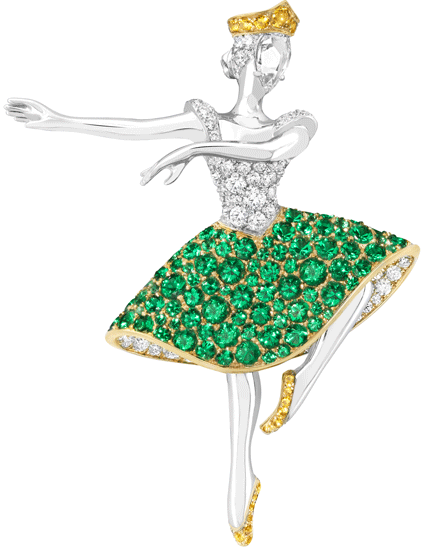Taaffe noticed some inconsistencies in his "spinel" and sent a sample of the stone off to a London lab which in 1951 verified that its main components were beryllium, magnesium, and aluminum, making the hexagon crystal a newly found mineral later named taaffeite (BeMg3Al18O16).


This beryl forms in carbonate rocks in Sri Lanka and Southern Tanzania (alongside the gemstones fluorite, mica, spinel, and tourmaline). Some poor-quality taaffeite has also been discovered in China.
Because of its rarity, taaffeite is only used as a gemstone. Registering an 8 - 8.5 on Moh's Scale of Hardness, the jewel comes in colorless, violet red, pink violet, red, light green, and mauve. Taaffeite costs an average of $1,500 - $2,500 per carat, although top-grade taaffeite can fetch $35,000 per carat. The best quality taaffeite gets bought quickly. Pink is the rarest and most expensive color.














